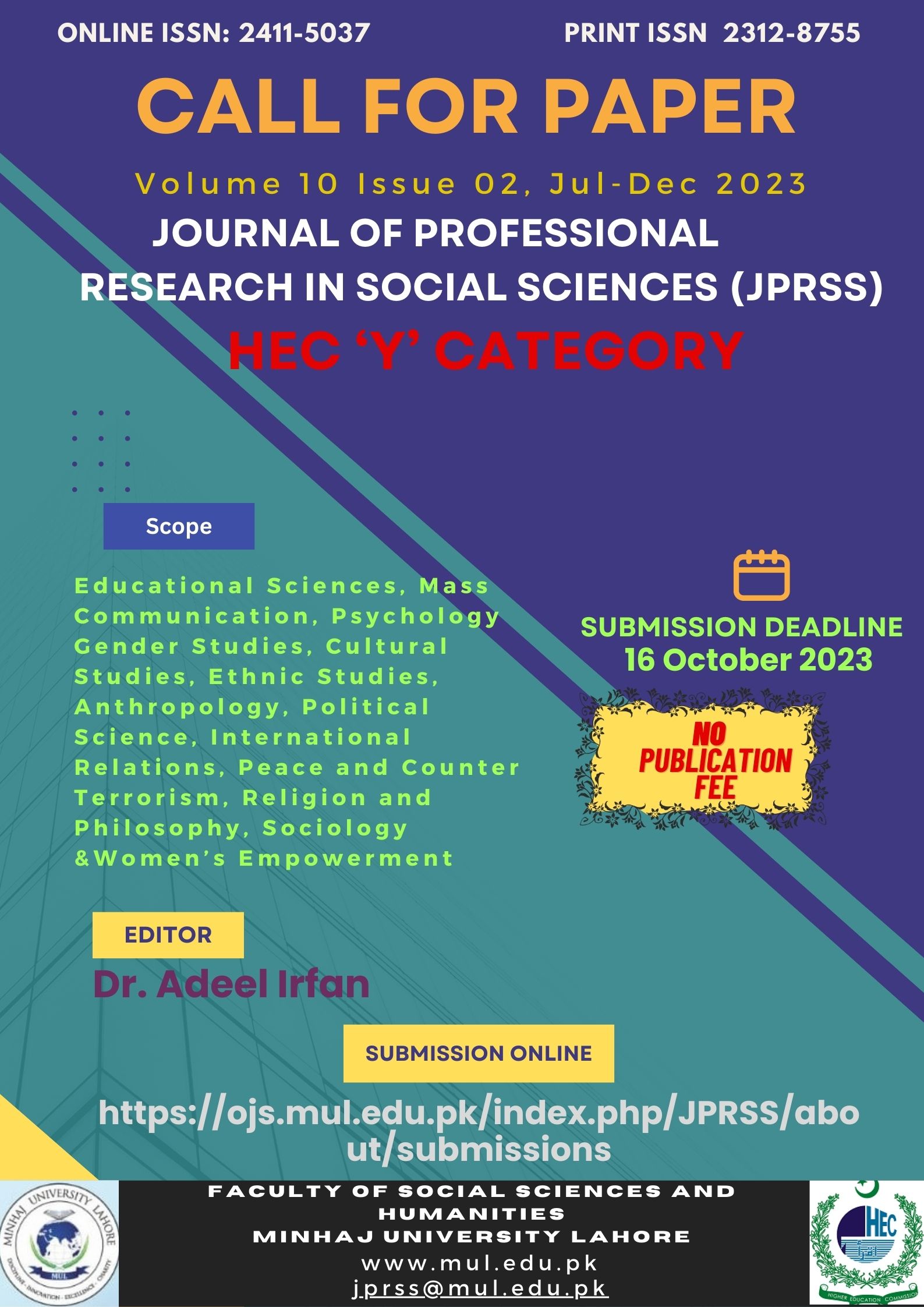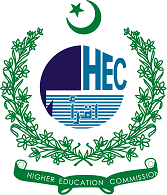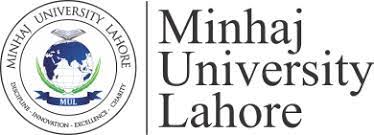The Role of Urban Regeneration in Revitalizing D Ground: A Case Study from Faisalabad
DOI:
https://doi.org/10.58932/MULA0046Keywords:
Urban regeneration, mixed use model, D ground, Faisalabad, City developmentAbstract
Background
Urban regeneration is a critical instrument for rejuvenating degraded urban districts. D Ground is one of the major business districts in Faisalabad. This research study investigates the various measures required to turn D Ground into a thriving, sustainable, and economically dynamic urban region. Despite its historical significance and strategic location, D Ground suffers several issues, including structural degradation, inefficient land use, and socioeconomic inequality.
Methodologies
The study takes a comprehensive strategy, focusing on the integration of mixed-use development to address these concerns. To get deep insights into the local context, the researchers use a qualitative methodology that includes semi-structured interviews, focus group discussions, and participant observations. These methodologies enable thorough understanding of the opinions and experiences of a wide range of stakeholders, including residents, business owners, urban planners, and municipal governments.
Major Findings
The findings illustrate the importance of stakeholder engagement in the urban regeneration process, underlining the necessity for inclusive planning and decision-making frameworks.
Conclusion
The study concludes with realistic recommendations for legislators, urban planners, and community leaders to undertake effective urban regeneration measures that will not only revitalize D Ground but also serve as a model for other metropolitan areas suffering similar issues.
Keywords:Urban regeneration, mixed use model, D ground, Faisalabad, City development.
References
Ahern, J. (2011). From fail-safe to safe-to-fail: Sustainability and resilience in the new urban world. Landscape and Urban Planning, 100(4), 341-343.
Ahmad, S., Qamar, A. J., Bhatti, M. A. A., & Bashir, U. (2023). Integrating Islamic Ethics with Modern Governance: A Comprehensive Framework for Accountability Across Religious, Social, and Economic Dimensions. Al-Irfan, 8(15), 51-79.
Brebbia, C. A. (2000). Ferrante, A., Rodriguez, M. & Terra, B. eds. The sustainable le city: Urban regeneration and sustainability. Boston: WIT Press.
Couch, C. (1990). Urban renewal: Theory and practice. London: Macmillan Education Ltd.
Davidson, M. Lees, L. (2005). New build `gentrification' and London's riverside renaissance. Environment and Planning, 37, 1165 – 1190.
Ingram, J. (2015). Jeremy L. Caradonna: Sustainability: A history. Food Security, 7(3), 759-761.
Lees, L. (2000). A reappraisal of gentrification: Towards ' geography of gentrification’. Progress in Human Geography, 24(3), 389–408.
Mahmood, K. (2014). Transition urbaine et structures familiales au Pakistan, le cas de Faisalabad. France: Université d’Or leans.
Moss, T., & Marvin, S. (2016). Urban infrastructure in transition: Networks, buildings and plans. Oxfordshire, England, UK: Routledge.
OECD (2001). Local partnerships for better governance. Paris: OECD Publications.
OECD (2005). Building competitive regions: Strategies and governance, Paris: OECD Publications.
Paddison, R. (1993). City marketing, image reconstruction and urban regeneration, Urban Studies, 30(2), 339-350.
Paiola, M. (2008). Cultural events as potential drivers of urban regeneration: An empirical illustration. Industry and Innovation, 15(5), 513-529.
Roberts, P. & Sykes, H. (2008). Urban regeneration, A Handbook, London: SAGE,
Rafaqat, M., Azad, F., Ahmad, S., Aijaz, K., Ikram, S. H., Bashir, U., Bhatti, M. A. A., & Saeed, S. (2024). Impact of Governance and Strategy Performance on Employer Branding. Research Journal for Societal Issues, 6(2), 852–867.
UN-Habitat. (2010). State of the world's cities 2010/2011: Bridging the urban divide. London: Earthscan.
UN-Habitat. (2016) Urbanization and development: Emerging futures. Nairobi, Kenya: United Nations Human Settlement Program.





